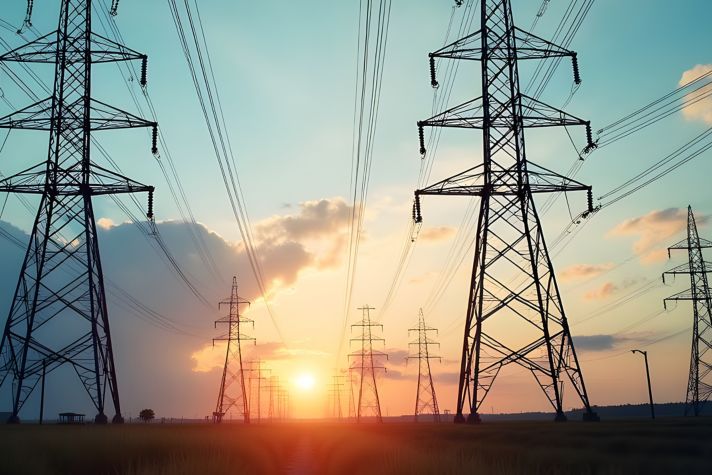-
Global
-
Africa
-
Asia Pacific
-
Europe
-
Latin America
-
Middle East
-
North America
- |
- BUSINESSES
- |
- Contact
- |
-
Global
-
Africa
-
Asia Pacific
-
Europe
-
Latin America
-
Middle East
-
North America
- |
- BUSINESSES
- |
- Contact
- |
You are browsing the product catalog for
You are viewing the overview and resources for
- News
- How Businesses Can Cut Methane Emissions
How Businesses Can Cut Methane Emissions
Technology that helps monitor methane leaks will be key for the fight against climate change
Methane emissions have taken center stage in conversations around the climate crisis.
As part of the UN Climate Change Conference (COP26), more than 100 countries signed the Global Methane Pledge, an agreement to work toward cutting methane emissions 30% by 2030 compared to 2020 levels.
Methane, a greenhouse gas, is the main component of natural gas, which fuels industrial plants, powers homes and runs air conditioners, among other applications. The largest source of methane emissions is agriculture, followed by energy and industrial operations and waste from homes and businesses, according to the US Environmental Protection Agency.
Methane emissions are a cause for concern, as brought to light in the 2021 report from the UN Intergovernmental Panel on Climate Change. Over a 20-year period, methane is about 80 times more powerful at warming the atmosphere than carbon dioxide, according to the UN Environment Programme.
Increasingly, experts have begun focusing efforts to cut methane emissions, and technology that exists today can help oil and gas corporations detect and stop methane leaks more efficiently than in the past.
How can technology help?
Robert Kester, president of Honeywell Rebellion, which produces Gas Cloud Imaging (GCI) technology that helps monitor and quantify toxic gas leaks, said that historically, at sites like pipelines, power plants and refineries, it’s common for corporations to use manual methods to monitor methane leaks.
These manual methods typically involve sending people to detect natural gas leaks when they occur, using handheld equipment to conduct inspections.
Technology can detect natural gas leaks more efficiently than these manual techniques, Kester said.
One solution that’s being used today is video with infrared hyperspectral capabilities – technology that can detect invisible gasses like methane – which monitor for leaks 24/7 and indicate the biggest leaks that need to be addressed immediately, Kester said.
Continuous monitoring for methane leaks can help corporations be better positioned to meet their sustainability goals, as well as prevent them from wasting resources, Kester said.
“By doing the right thing today, companies with methane-intensive operations can help the environment in the future while meeting their business goals,” Kester said.
What’s next? In the future, methane monitoring technologies could involve automation.
“Instead of having people walking around looking for leaks, the solution could look like deploying a camera at sites that will send a video of a leak to an authorized person’s phone, prompting them to address the leak,” he said.
Copyright © 2025 Honeywell International Inc.




